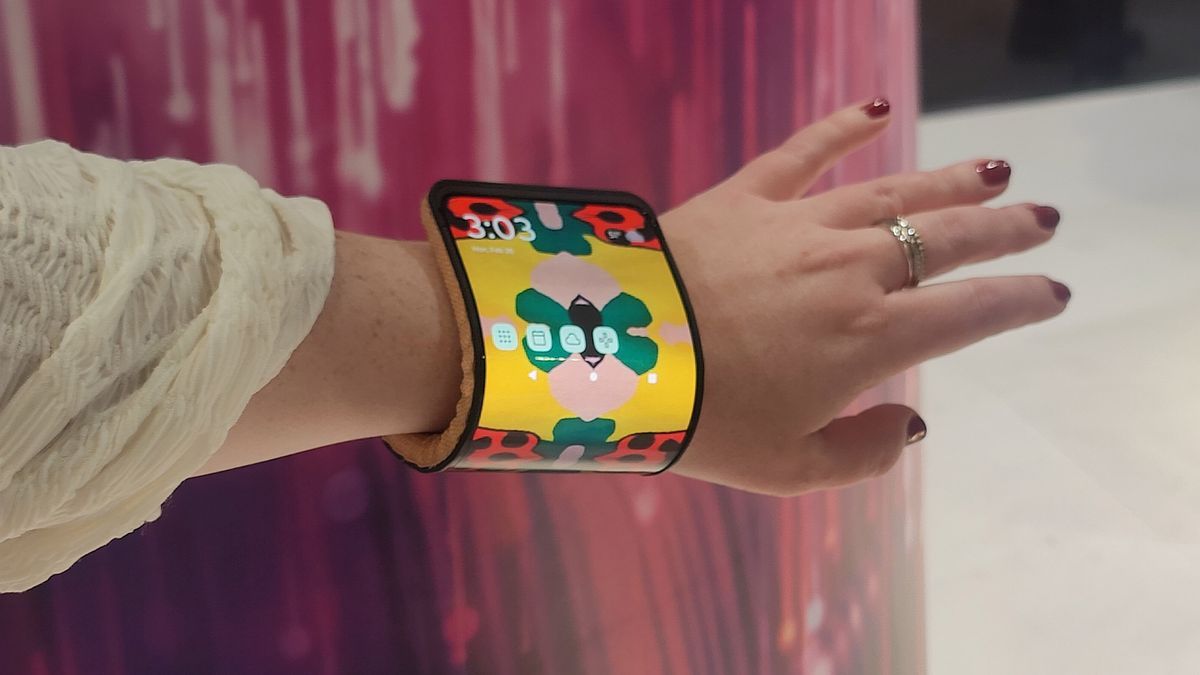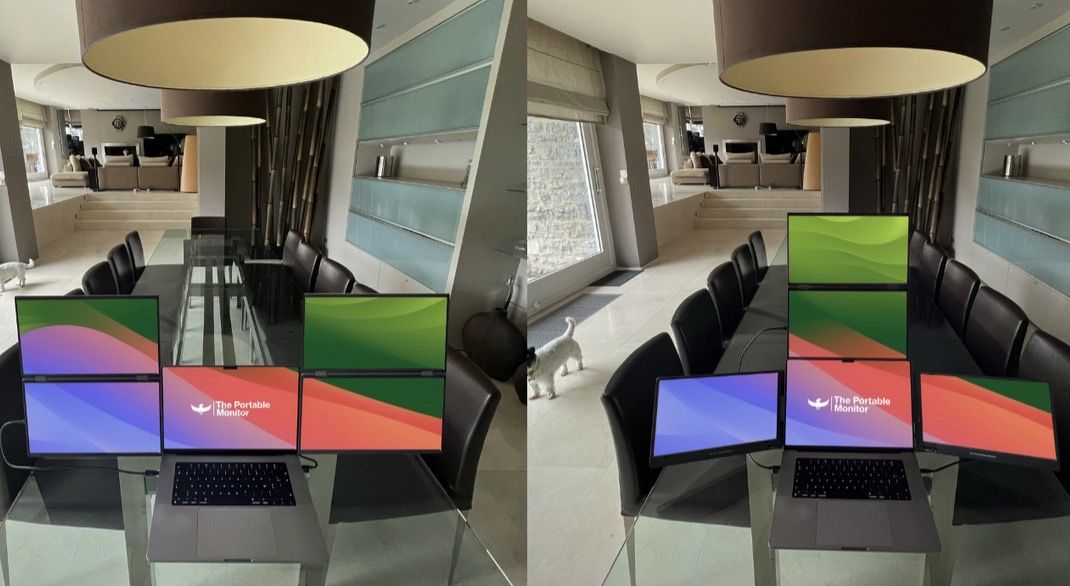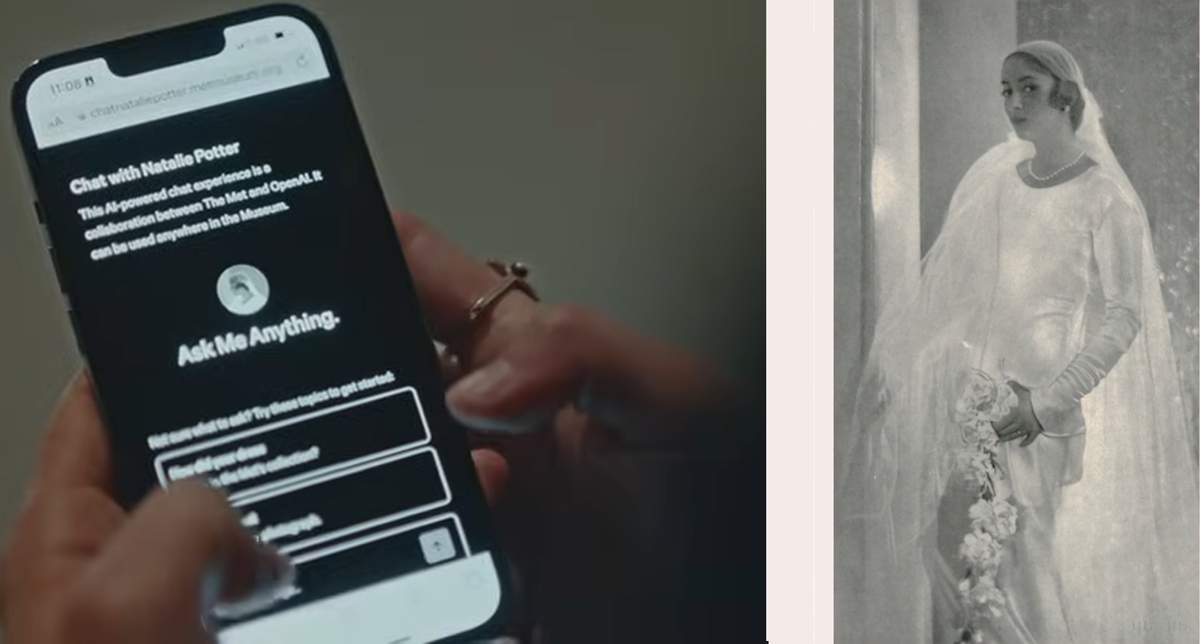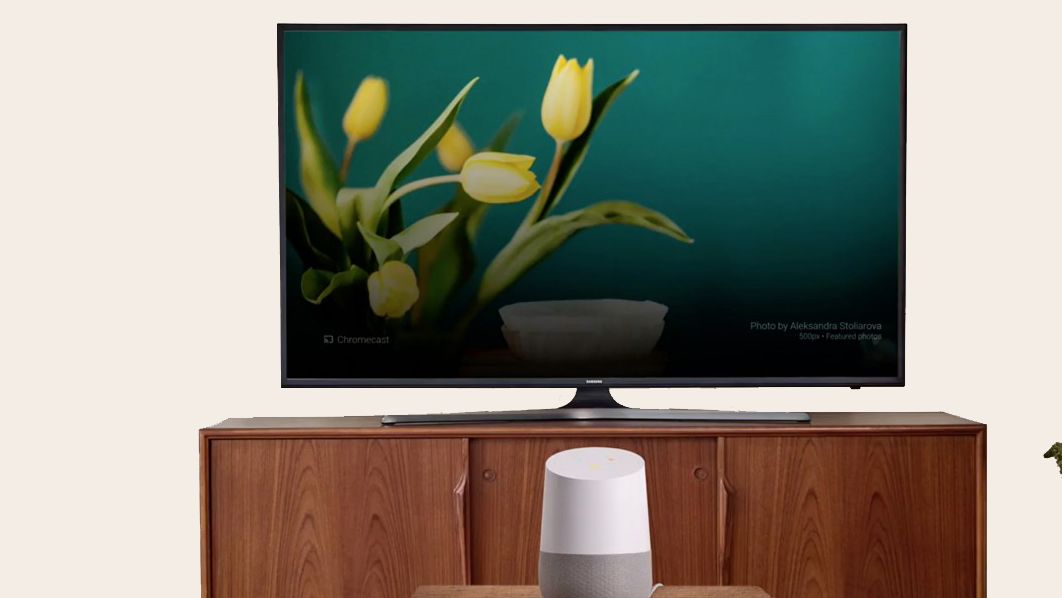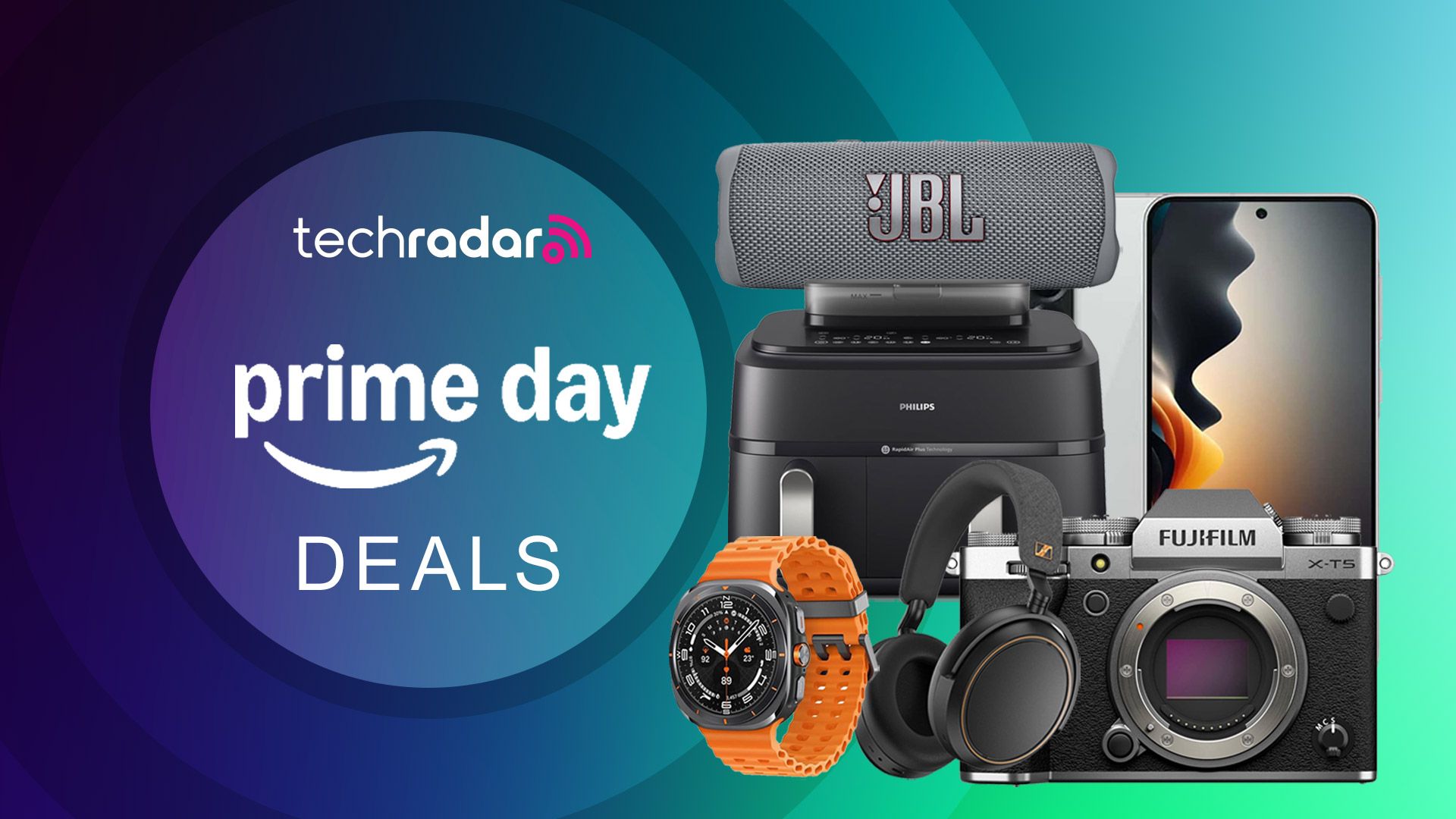After the last few years, I started to wonder if we will reach the peak of smartwatches. How different can they be? Once you can track every type of health metrics under the sun, provide support for third-party apps, launch new animated watch face designs with Snoopy, and even include AI, what else can you do?
Even the best smartwatches have started to feel increasingly iterative upon release. There are usability concerns that need to be addressed, such as better battery life across the board and more accurate heart rate sensors, but the basic smartwatch design has barely changed in years. That's why I love hybrid smartwatches, like the Withings Scanwatch Horizon and Garmin Instinct Crossover, so much: Without new, new things working, we're dangerously close to getting bored with the same old wrist-mounted wearables.
Then I saw Motorola's new hybrid flexible and wearable phone concept, the Motorola Adaptive Display, at MWC 2024. Shining before me from the wrist of a Motorola representative was a full-sized flexible smartphone, camera and all, looking at everyone. like a ridiculous science fiction communicator. The representative held it close to a mannequin dressed in a colorful dress, and the onboard generative AI created a color scheme to match the mannequin's outfit in about 10 seconds. Admittedly, it was quite impressive.
It's a concept phone, so Motorola hasn't released any specifications or details about the device itself beyond the simple demonstration held at the booth.
Although it may seem crazy, it's actually quite smart. Fully flexible phone screens have been around for some time, but one sticking point is the battery, which has to be a solid block. Motorola has solved this with multiple thin batteries placed horizontally on the back of the adaptive display, which act as anchor points for the rest of the phone to fold.
As a result, you can rotate the phone, placing it upright in a flexed position like an inverted Samsung Galaxy Z Flip, or in a different structural position like an arc. However, if you want to use it, a powerful magnet can hold the phone to a wristband at key anchor points. This way, you can match your outfit and take calls like Buzz Lightyear with ease.
Would you wear it? Who knows. I would use? Hell no. But even though I hate the way it looks, I enjoy Motorola's creativity and ingenuity here. The great thing about concepts is that they allow technology designers to be creative and test the waters.
Would you wear a smaller, sleeker version of this 'smart bracelet', powered by generative AI with unlimited design possibilities? Under the right circumstances, I would certainly consider it.
Many people have defended the Apple Vision Pro and its bulky frame, high price, and external battery because it is a first-generation device. We should extend concepts like this with the same courtesy: although it seems silly now, I can see the potential. It's a creative take on smart wrist wearables, and while it may seem silly now, wait and see how cool Motorola's Adaptive Display 5 looks…

